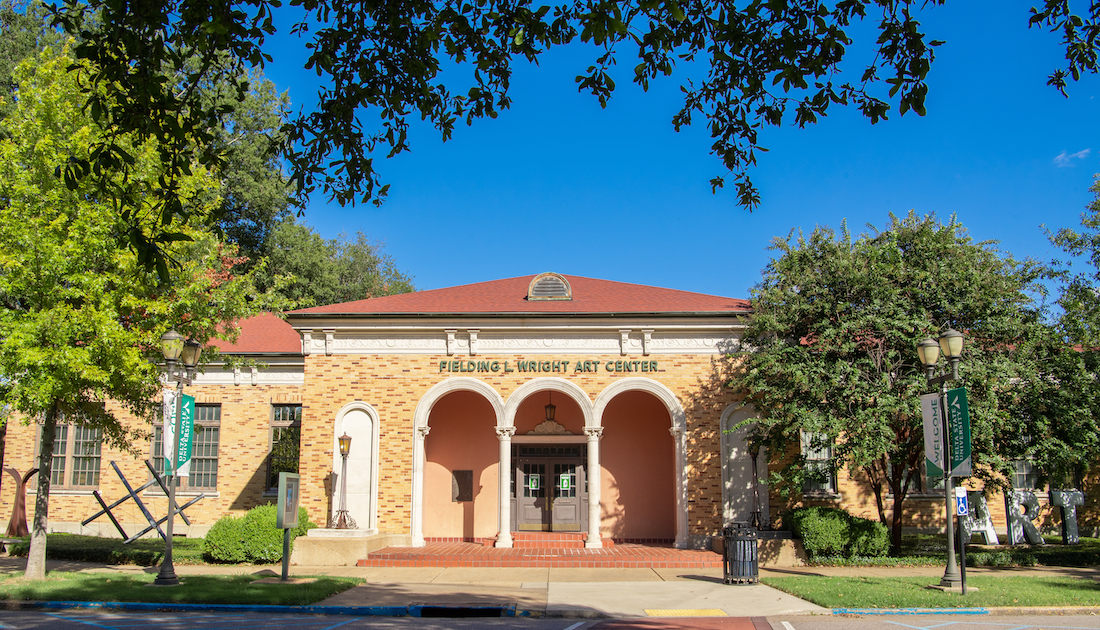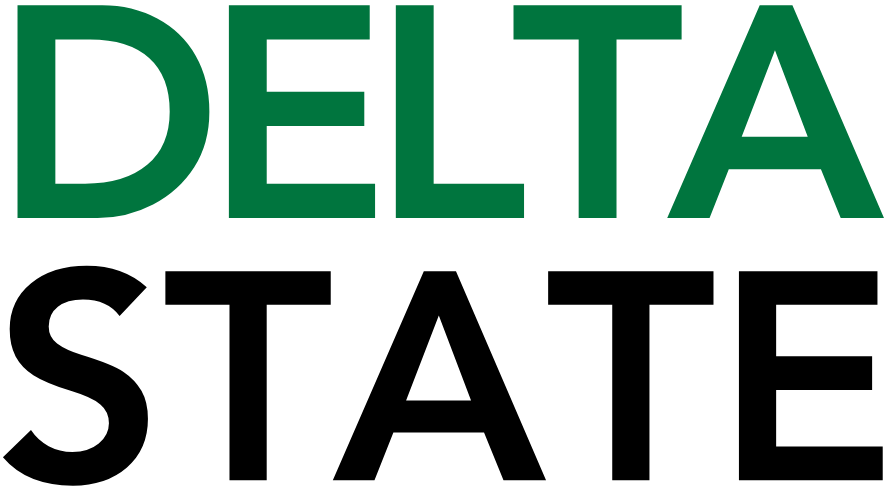
CLEVELAND, Miss.—In addition to their duties nurturing student creators, faculty members in Delta State University’s Art Department are also practicing artists, designers and filmmakers who regularly exhibit in venues across the nation. From Sept. 30 to Oct. 28, they will display some of their latest work on Delta State’s campus during the annual Faculty Exhibition.
Each year, the Faculty Exhibition offers Delta State faculty members the opportunity to showcase work they’ve created over the past year. Displayed in the Fielding Wright Art Gallery, the featured artwork reflects the diverse interests of DSU’s art faculty.
Participating artists include Korkut M. Akacik, assistant professor of art (animation); Jesse Ryan Brown, assistant professor of art (photography); Ted Fisher, assistant professor of art (video); Ky Johnston, associate professor of art (ceramics & printmaking); Michaela Merryday, associate professor of art (art history); Cetin Oguz, chair and professor of art (drawing and painting); Nathan Pietrykowski, instructor of art (foundations); Kayla Selby, assistant professor of art (graphic design); Michael Stanley, associate professor of art (sculpture and drawing); and Robyn Walls, assistant professor of art (art history).
The recurring theme in this year’s faculty exhibition is the pandemic. Fisher, a film director specializing in arts and culture documentaries, produced a short film that reflects on the realities of artmaking amid a pandemic. Oguz contributed a series of drawings that explore how COVID-19 has redefined our personal and physical spaces with personal interactions mediated through electronic media. The drawings were created during virtual meetings with his students. Their multiple layers mimic the emotional turmoil many of us experienced in the last year.
Although not directly related to the pandemic, the theme of Selby’s work takes on new relevance under current circumstances. Selby uses unpredictable processes to simulate the complexities and potential awkwardness of human interactions, especially those that are overthought.
Pietrykowski’s work documents his ramblings about town through photographs, notes and drawings which he later collages together to construct narratives that examine the psychogeography of place. Pietrykowski eventually developed a zine to allow others to experience their environment in the same manner. The zine contains instructions on what to look at, how to interact with the environment and how to leave a mark on that place.
Wall is a printmaker whose work also focuses on her surroundings. She is interested in the narratives we construct about neighborhoods based on the structures and remnants we encounter there – pizza boxes that indicate a neighbor’s favored brand, discarded toys that betray the age of children living there or abandoned furniture that announces a neighbor’s move.
Brown explores the relationship between objects and the passing of time in a different manner. His “Nothing, Having Arrived, Will Stay” uses appropriated 35mm slides as a meditation on the cyclical nature of time.
Stanley’s large-scale steel and LED sculpture is a commentary on the pressures imposed upon us and our responses to them.
Akacik works in digital and new media. His work addresses political and social issues. He attempts to engage his viewers through unexpected encounters with seductively beautiful imagery or, alternately, with disturbing images and sounds. Frequently, Akacik projects these images onto crumpled surfaces, the resulting distortion serves as a metaphor for the distortion of facts.
Johnston’s new work presents a reflection on his roots in pottery and a continued attempt to blend influences from various sources into functional pottery. The work shown is based on functional forms which have been altered or stretched, sometimes cut or faceted. The glazes use common materials including various clays, wood ash, and some raw pigments, and are fired with gas. His goal is to allow the materials, processes, and long history of the craft to inform the end result.
Merryday’s research interests focus on sustainability and the role of culture in promoting sustainability. The jewelry on display was made from wood and stone dust waste produced by furniture making and sculpture classes at DSU.
Delta State’s annual Faculty Exhibition will be on view until Oct. 28. The gallery is open Monday through Thursday from 8 a.m. to 5 p.m., Fridays from 8 a.m. to 4 p.m. and closed during the weekends, holidays and semester breaks. Masks are required in all DSU facilities.
For more information, visit www.deltastate.edu/art/wright-center-art-gallery, or call (662) 846-4720.
For updates and announcements of upcoming events, follow Delta State Art Department on Facebook or join the email list at www.deltastate.edu/art.

